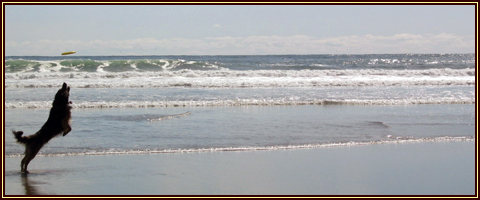Tips To Bulk Store Your Horse Hay
Monday, October 1st, 2012You don’t spend cash just to throw it away. You don’t spend cash on hay for your horses simply to let it get rendered inedible due to damp, mold and mildew and a spread of rodents.
Here are some tips to help you preserve your hay.
Indoor Storage
1. Store your hay so it stays completely dry. If you are using your barn for storage, ensure your hay is kept a great distance away from any probable exposure to water, coming from sources like leaks in the walls or roof and ineffective drainage.
2. If you live in climate conditions that cause condensation under the roof, protect your hay competently beneath a totally water proof plastic or tarpaulin cover. Condensation drips may look trivial, but they can actually add up to lots of water!
3. Watch out for rodents like mice and rats, which can utterly poison your hay. Use cement or steel wool to seal off all possible access points. Let me also remind you that non-poisoness snakes and cats are great for keeping rodents away!
4. Don’t store hay on the floor. Raise it off the floor by using wooden pallets. You can get pallets from any number of local businesses, who will generally be happy to simply dispose of them.
5. Keep as many channels as practical open for air circulation when you stack hay.
6. Store and use hay on a first in 1st out basis, to paraphrase, utilize old hay first. This means you will have to stack each new lot of hay behind older lots, probably by moving aside old hay while stacking up new hay and bringing it back in front again.
7. Try to keep the bales compacted, as you received them. Bales that are loosened will let in air causing degradation of hay quality.
Out of doors storage
8. If stored outside, hay must be stacked on surfaces raised as high as practical from the ground. You need to use pallets or other platforms of the slatted type to permit air movement. Try and avoid spots where water flows or accumulates when it rains!
9. Keep your bales safe from sun, rain and natural elements with tarps or other weather resistant covering. Stack hay in cones or pyramids to expedite water runoff. While rain rots hay, the sun can cause loss of nutritive value.
Regardless of what the extent of care you take during storing, check every bale thoroughly for signs of degradation before use. Make sure you don’t feed your horses contaminated hay.
Horses are Heather Tomspassion and she enjoys sharing her extensive knowledge through her 100s of articles with other horse lovers visit HorseHorses







